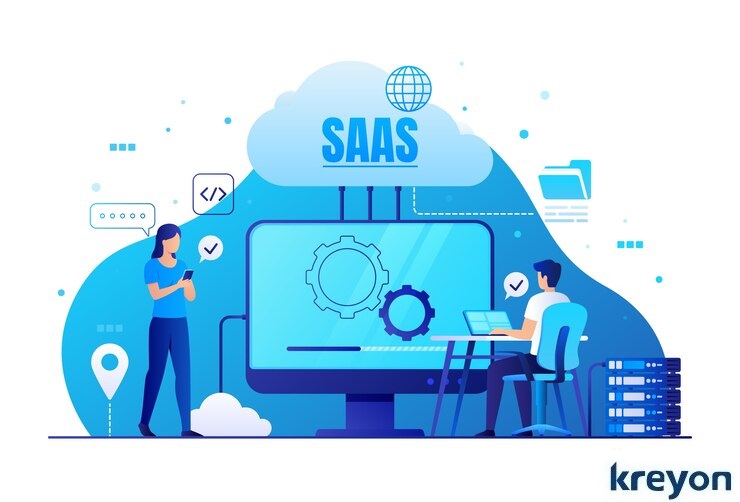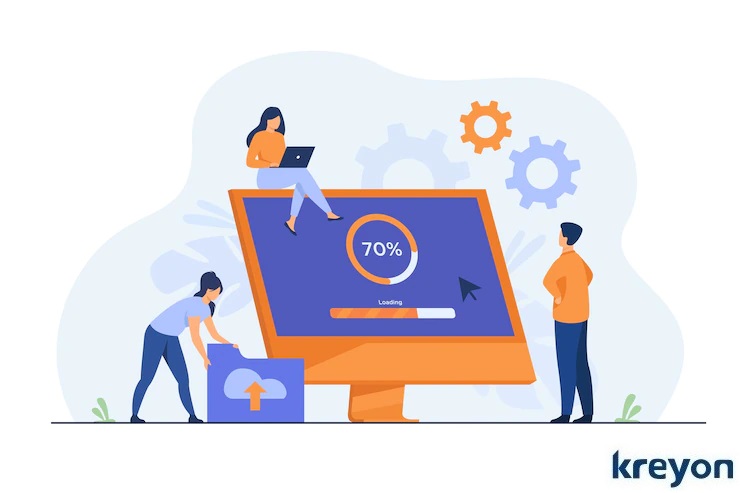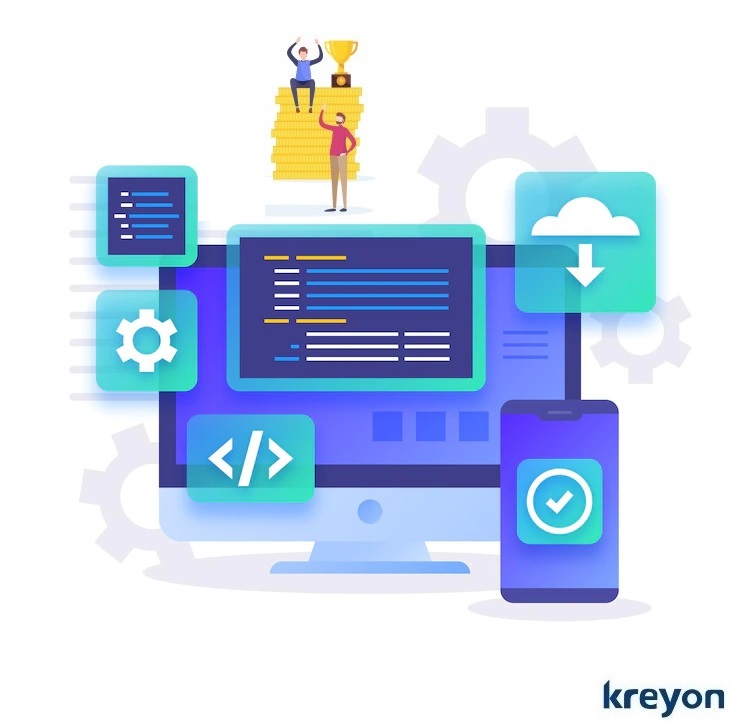How to Build SaaS Products Profitably Using Rich UX

As businesses look to build SaaS products for their customers, improving conversions, increasing retention and growth are the top agenda items for most companies. By productising services a company can serve a larger customer base and scale up effectively. But scaling a SaaS product that loses revenue can be counterproductive for growth, it can lead to more harm than good.
The best SaaS products are developed with key revenue metrics in mind. A company that incurs lower customer acquisition costs compared to revenue generated from customers offers a good template for scalability and growth. The profitability of SaaS products is the key to product led growth. Here’s a look at how to build SaaS products profitably using rich UX:
1. Customer Support or UX
To build a product with profitability, it is integral to have the fundamentals right. User onboarding is your great opportunity for winning or losing your customers. When a new user signs up on your product, does the user need customer support for the onboarding process? If yes, you would already be losing most of your customers.
Customer support for onboarding new users is expensive, it adds friction and unnecessary costs. It is a hindrance to product sales. On the contrary, when your product is engineered with great UX, it leads to improved conversions and sales of your SaaS product.
The top companies invest in crafting rich UX to make their users achieve their goals. The UX is geared to increase customer engagement, welcome users with personalisation and provide them an actionable tour of the product. It can help the users to achieve what they want from the product leading to conversions and sales.
Companies that provide self service tools, knowledge articles, product tours and simple actionable steps to their users improve conversions and retention.
Customer support calls on the other hand are usually handled manually. These incur not just inbound support teams, but more importantly it interrupts the flow for new users. As per a study done by Groove, highly engaged customers buy 90% more often, spend 60% more per transaction, and offer 3X the amount of annual revenue compared to unengaged customers.
2. Quick Wins For Users

Customer engagement is the key to winning users. You have a very short attention time from the user. If you fail to engage the users, they will not come back to use your product.
Customise, personalise and optimise your product UX to engage your users. Companies today use AI-driven customer engagement for profit engineering. For e.g. the workflow and product experiences are tailored as per the profile of the user. The data onboarding is done using third party integrations.
The user profiles are mapped to include key outcomes for each user. Once the key outcomes are mapped to the user profiles, the users can then get actionable nudges from the product to achieve their goals. A good product understands the interests of its users and the key tasks they are looking to complete, it helps accomplish these tasks with automated workflows.
When users score quick wins and get their tasks done, they are more likely to continue using the product. For e.g. an accounting software that helps the accountant prepare bookkeeping reports using AI algorithms to reduce the time to prepare upto date bookkeeping reports.
3. Profit Engineering
The best products are developed with understanding of causality. They zone into the root cause of problems and solve them. They don’t treat the symptom, but the root cause of the problem is to build products profitably.
Expedia customers had a problem where many of their users ended up calling customer support to enquire why they didn’t receive emails for their purchases. The customer support often diagnosed incorrect spelling or email as the cause of this. It typically costs them $5 for servicing this trivial matter. However, by then they had grumpy customers and lost revenue. For a million users, even $5 makes it $5 million for additional customer support.
Expedia team fixed this problem by introducing a two-step verification before purchase was confirmed. It eliminated the root cause of the problem. Engineering products with profitability needs elimination of problems. It needs prevention of problems proactively to improve conversions, revenue & profitability for your SaaS product.
3. Multidirectional Approach
Building a good SaaS product requires a multidirectional approach. When developers are building the product, they have to address not only the use cases but also the non use cases to have a good understanding of their product.
What will the product do, for whom and what it will not do are all important aspects of building the right product. In his book, “The Opposable Mind”, Martin shares that, “thinkers who exploit opposing ideas to construct a new solution enjoy a built-in advantage over thinkers who can consider only one model at a time.”
A multidirectional approach considers strong business models and approaches. For e.g. Skype uses the traditional internet infrastructure for making VOIP calls free. It also reduced costs to international calls considerably using SIP based calling systems. A multi-model consideration that evaluates different approaches for business helps teams build SaaS products with higher success rates.
4. Product as a Service

Every product offers some service to its customers. How your product is able to connect with users, meet their needs, support them and upgrade your product is crucial for its adoption.
Today products can engage with customers on a deeper level to offer them superior experience when interacting with your brand. Your SaaS product is expected to take care of the needs of your customer by offering them services they need from your product.
For e.g. the accounts receivables take care of sending automated invoices to the clients when employees submit their timesheets and payments are due. The product also sends reminders and provides reconciliation support to the customers when payments are received.
Customers are not buying products but they are looking to fill a need in their lives. Is your product addressing your customer needs? When products provide services to their customers, it drives sales, creates word of mouth PR and increased customer retention rate. SaaS products like Docusign, Evernote and Slack are good examples of companies which are driven by user driven sales.
5. Daily Active Users
Rich user experience leads to sticky products. Every successful brand tracks its users meticulously to improve their engagement and interactivity. Are you measuring user engagement? What is the average time a user spends on your product? Are your users motivated to use the product frequently?
DAU/MAU is a popular metric SaaS product companies use for measuring engagement. This is expressed as the ratio of daily active users over total monthly active users. This metric is measured as a percentage. Anything over 20% is considered good engagement, lower engagement could mean users are not finding value from the product quickly enough. The leading SaaS products with excellent engagement have an engagement ratio over 50%.
A rich UX unleashes a quick value proposition for its users. For e.g. congratulating the users for completing a task like linking their corporate bank accounts for accounting automation. Dividing the heads in steps for measuring progress like introducing 3 steps to completion etc.
A SaaS product needs to capture users attention quickly by providing value. The focus should be on the key outcomes customers are looking to achieve using visual cues and actionable triggers built into the product. When users spend their time productively, accomplish work and achieve their primary outcomes, they continue to use your product.
Kreyon Systems provides SaaS product development services to build scalable solutions. If you have any queries for us or need help in SaaS development, please reach out to us.
